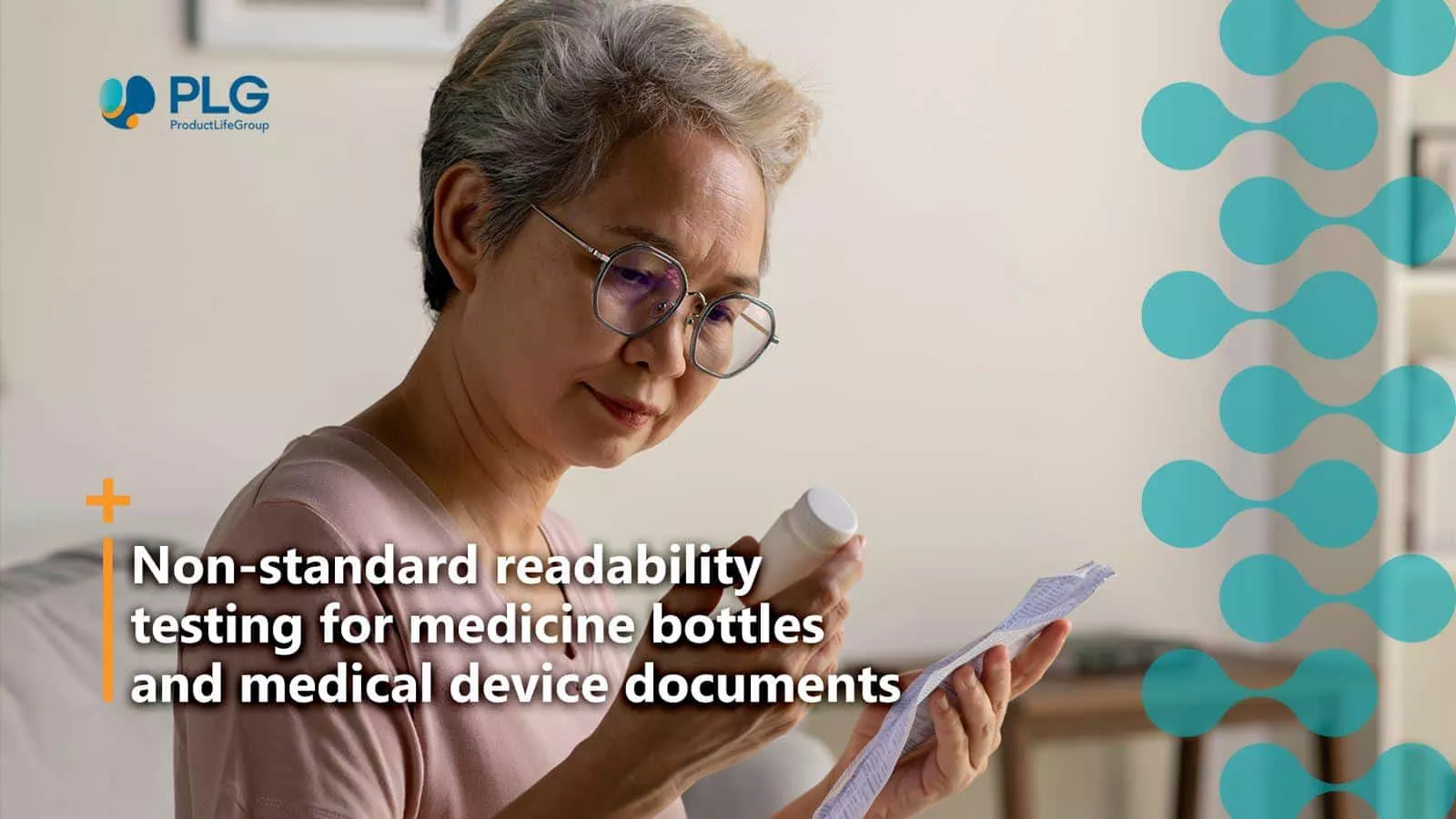
Usability testing of the medicine bottles and readability testing of the documents accompanying medical devices
15 february 2024

PLG can perform not only standard readability testing on the leaflets of the medicinal products alone but can also adapt or combine them with usability tests of different types of packaging/relevant documents, such as the ones accompanying a medical device, for example, Implant card and Summary of Safety and Clinical Performance (relevant to patient documents accompanying medical devices).
We have had a successful experience with the usability test of a medicine bottle based only on the instructions listed on the label (immediate packaging). The usability test of the medicine bottle could be done in combination with the readability user test of the package information leaflet.
Testing of documents accompanying a medical device
We assist our clients if the authorities request to test the documents accompanying medical devices intended for patients, for example, a Summary of Safety and Clinical Performance (SSCP) or an Implant card. Even though the tested document is for a medical device, since the documents are intended for patients, we follow the readability guidelines for user tests of PILs for medicinal products. Emphasis is placed on the language and clarity of the information presented in these documents (which is often meant to clarify any uncertainties about the device, given that healthcare professionals mainly handle the medical device). We tailor the test to suit any requirement, such as special demographics or indications for use, based on assessment reviews from European or National Competent Agencies.
Usability testing of a medicine bottle based on label instructions
We use a similar approach when conducting the usability of medicine bottles based on the instructions listed on the label (immediate packaging). In the case of small bottles, this can be considered as immediate packaging. Thus, it falls under the QRD compliance – EU guidelines for leaflet testing were adopted for usability testing of medicine bottles. Combining testing of the label with that of the medicine bottles ensures that the medicine is used correctly and safely in stressful and critical emergencies – the importance of having access to clear and concise instructions for use, which are effectively stand-alone, is highly relevant as a risk minimization measure. The test is related to label format and user-friendliness of the medicine bottle – it supports the potential handling errors that may occur based on different systems used for the delivery/preparation of medicine. We designed the questionnaire to include more questions regarding positive and negative feedback than in the standard readability tests – getting a broader spectrum on the impact of label instructions and/or set of instructions, showing how effectively the medicine bottles can be used.
Combined testing between usability testing and medicine package leaflet
In addition, or as an alternative to testing the packaging label with the usability of the medicine bottle, we offer a combined test of the medicine package leaflet with usability. In this case, we designed a suitable study protocol based on the data from the package leaflet to assess whether potential users could locate, understand, and act upon the information on how to open the bottle and administer the medicine. It supports other usability tests done on a medicine bottle, such as stability of medicine, consistency in delivery of the exact dosage, etc. Combining user testing of the leaflet with usability testing can show the effectiveness of the instructions on how the medicine bottles should be used to administrate the medicine with ease every time.
PLG can support your standard and non-standard user and usability testing based on our expertise and 18-plus years in the field.
Register to our news and events
Go to our Events to register
Go to our News to get insights
